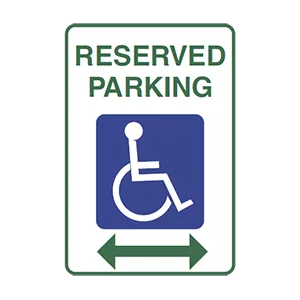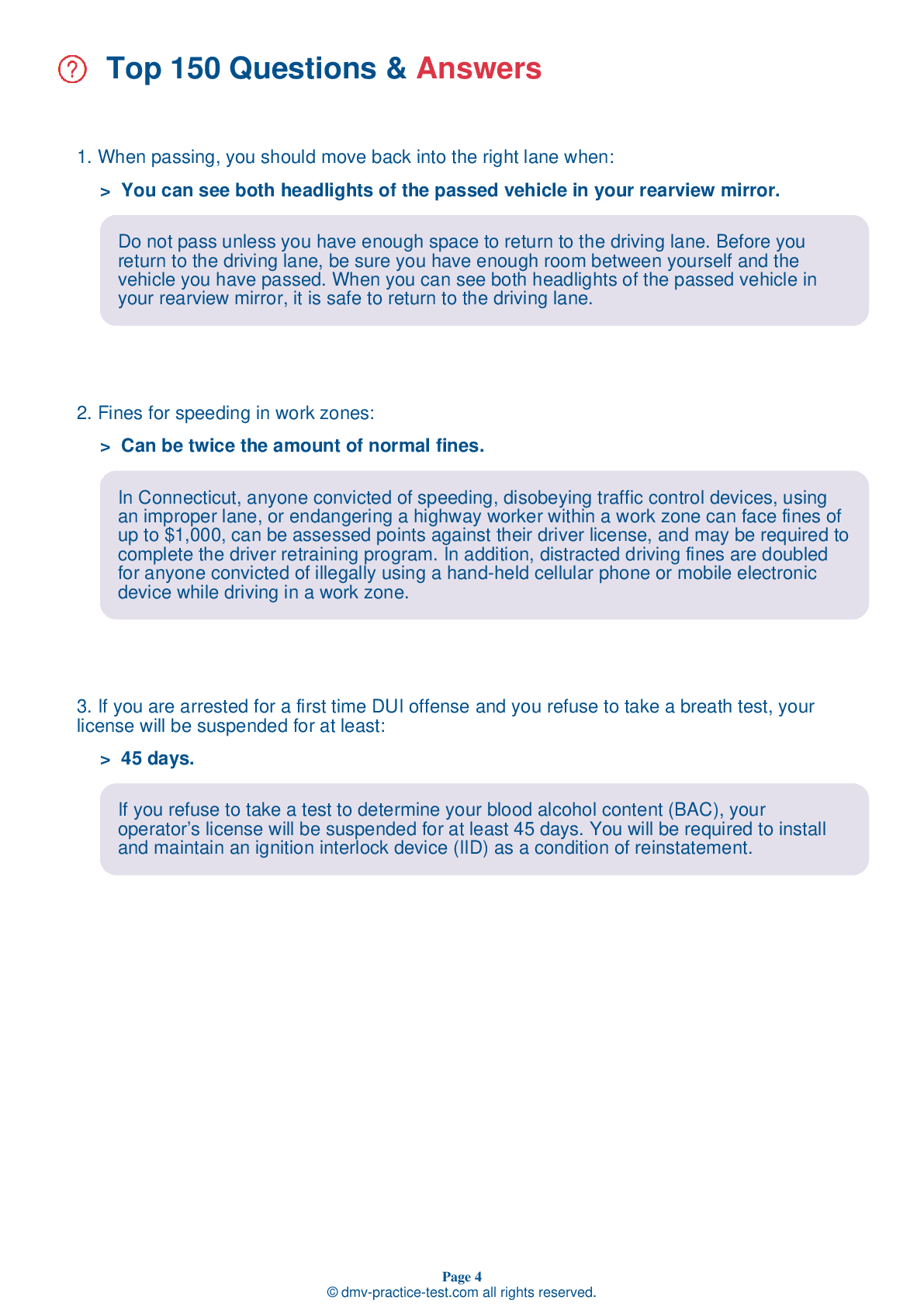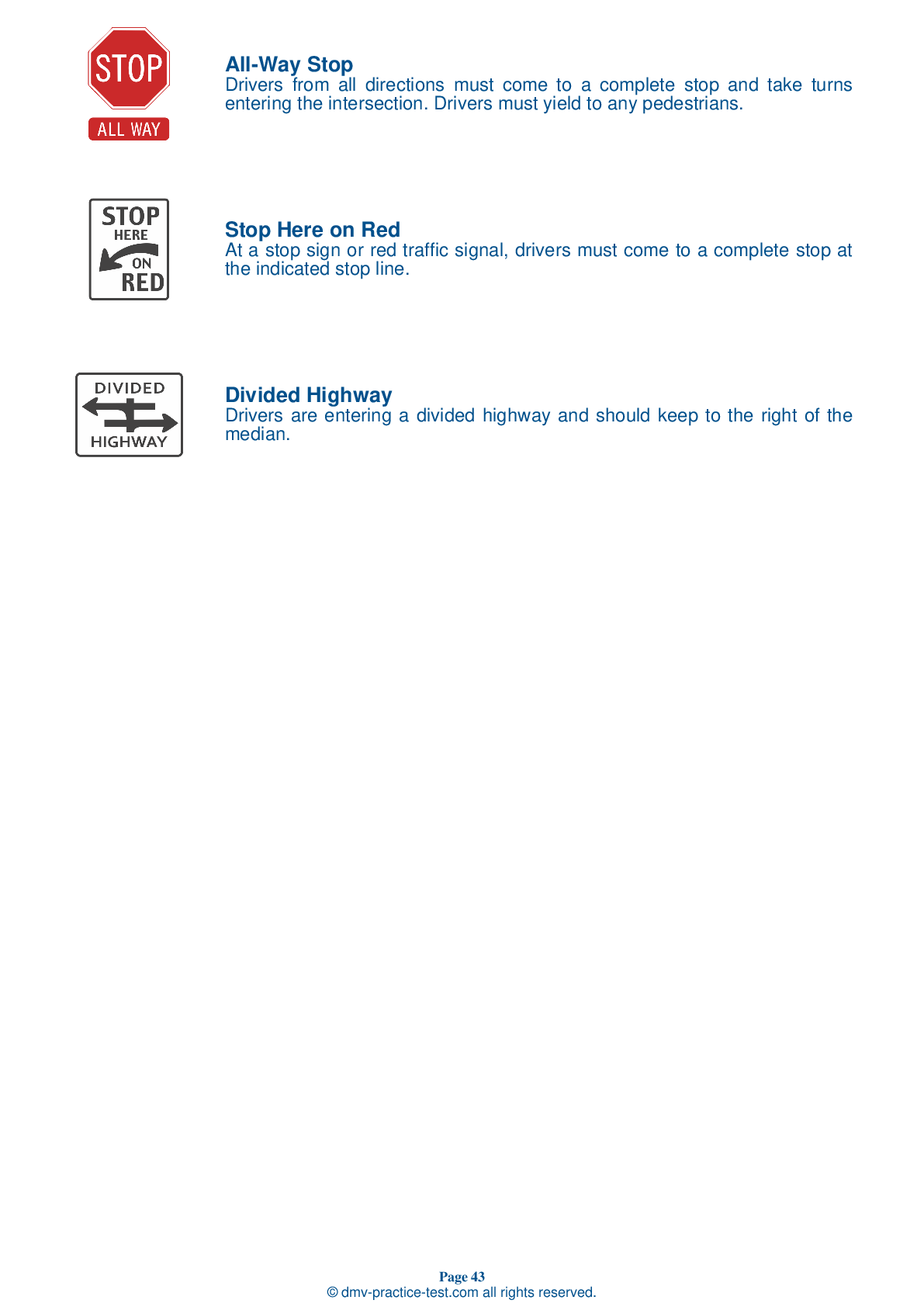FREE Connecticut DMV Practice Test #10 Page 2 of 3
This set of Connecticut DMV practise tests was just updated for January 2025. It includes questions based on the Connecticut Driver Handbook's most essential traffic signs and regulations for 2025. Use actual questions that are very similar (often identical!) to the DMV driving permit test and driver's licence exam to study for the DMV driving permit test and driver's licence exam.
Each practise test question has a hint and explanation to assist you in remembering the concepts. The written component of the official DMV test will include questions about road rules, traffic signs, and driving statutes, as well as information from the Driver Handbook.
To achieve the required passing grade, you must correctly answer 20 of the 25 questions. Take our DMV practise exam to help you prepare for your Connecticut instruction permit or driver's licence.
The DMV exam is available in several languages.
Using any form of testing help will result in an automatic fail, and the DMV may take further action against your driver's licence, so avoid it.
9 . If you experience a tire blowout:
If you experience a tire blowout, you should slow down gradually by taking your foot off of the accelerator. Don't apply the brakes until the vehicle has slowed considerably.
10 . When you drive through a construction zone, you should:
To avoid contributing to chronic traffic congestion, you should not "rubberneck." That is, you should not slow down to look at out-of-the-ordinary things.
11 . Alcohol is:
Alcohol is a depressant that dulls your judgment and makes your reflexes unreliable.
12 . If you are driving near a large commercial vehicle, you should:
Because large commercial vehicles have large blind spots on each side, you should avoid driving beside them for long periods of time.
13 . If a road is slippery, maintain a following distance that is:
You need a longer distance to stop your vehicle on a slippery road than you do on a dry road. Maintain an increased following distance when driving on slippery roads.
14 . You are approaching an intersection with a steady yellow traffic light. If you have not already entered the intersection, you should:
When a steady yellow light appears on a traffic signal, you should prepare to stop. If you are already within the intersection, you should clear the intersection as quickly as possible.
15 . This sign means:




